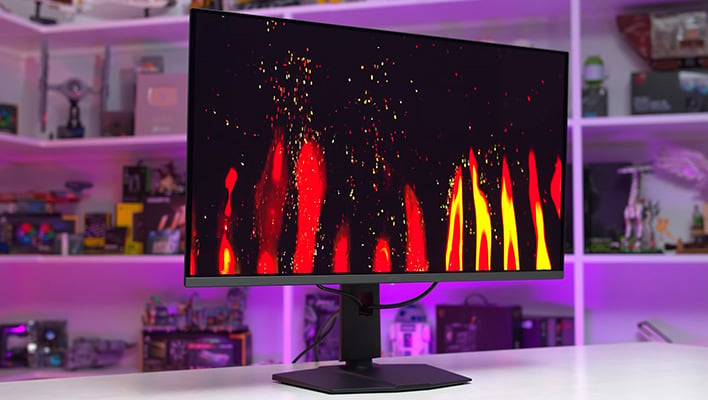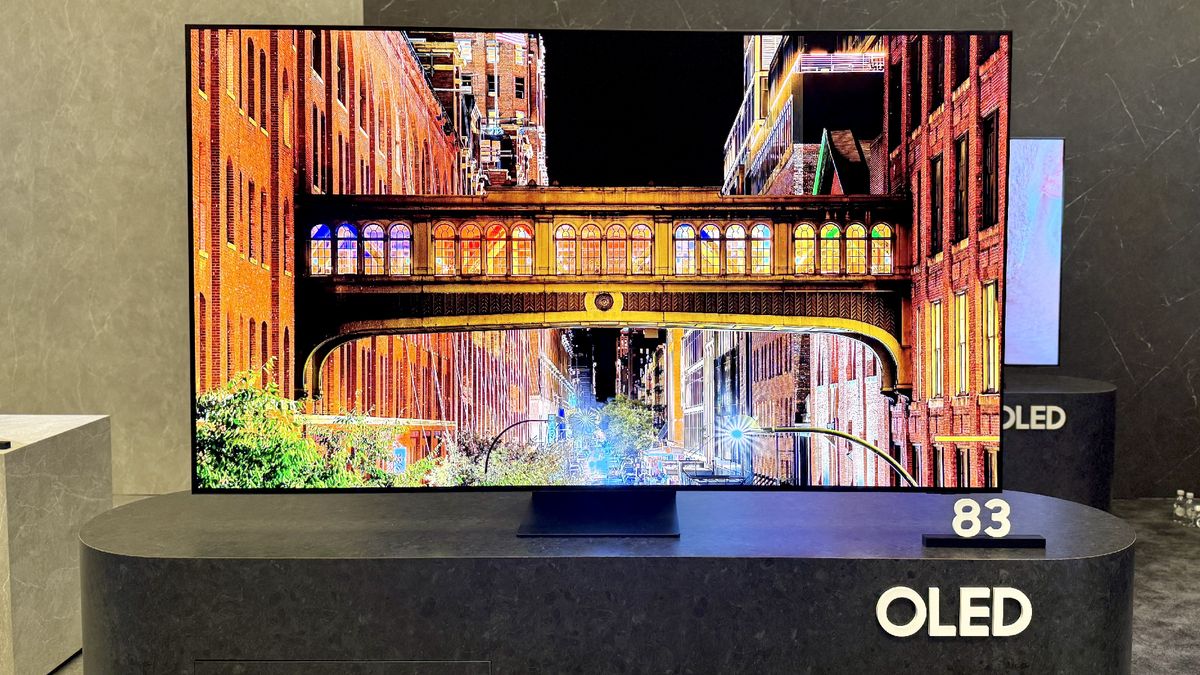Let me start out by saying if you want a larger monitor that alone may be a good reason to return your current one. I find 32 inch monitors to be much more immersive than 27 inches. With that being said, that's primarily for games and movies, for just doing office work or whatever I don't know that I'd care that much.
I got an OLED last November and I have to say that it is impressive for gaming, and to a lesser extent movie watching (lesser extent because it really only matters in movies that are dark or have high contrast). That being said, I try to minimize how much I use it for non-media consumption. I have multiple computers, including a dedicated gaming machine, so I can just restrict work to a non-OLED monitor.
If you're just web browsing and using Windows, I guess the question is why do you even want an OLED? Are you actually doing anything that requires high contrast and deep blacks, because that is really where OLED shines. With bright colors or a brightly lit screen, an LCD is not going to be any worse (technically LCD can actually be brighter). If you just need decent contrast for watching ocassional videos or something, you can also get that with a standard VA panel even without local dimming. I've used VA monitors for years (in fact I'm typing on one now) and I would say that blacks are pretty good on them. They're not OLED level but they're a big step up from TN or IPS.
Unless you have a strong need for things where an OLED shines, between the price and the burn-in issues it seems like it's just not a great idea. Yes, Tim's testing has shown OLED burn-in to be less bad than expected, but it's still burned in after a year (and actually even after a few months), whereas an LCD would still be pristine. The question also still remains how it will look after three or five years.
The other thing is it could be that Tim's use case is less bad for burn-in than other people's would be. He seems to have a pretty varied workflow that involves using a lot of different types of applications. Part of his time is spent video editing which has a dramatically different screen profile than word processing, web browsing, or spreadsheet work does. I could potentially see burn-in being a lot worse if you're running a word processor or web browser for eight to ten hours per day---especially if most of the time is spent in the exact same application with all of the menu bars, text and such in the exact same place.
I do think Tim's results are encouraging for those of us who have OLEDs, since it means we probably don't have to be that paranoid about doing some ocassional non-content consumption on them, but I wouldn't go so far as to say that it suggests they're a good choice for doing nothing but web browsing and office work.
In regards to your specific questions, I haven't noticed any issues with reading text on mine. In fact, going up from 1440P to 4K, I was shocked by how much crisper text actually is. I'm not sure exactly what imperfections you're seeing with local dimming, but one thing I realized since getting an OLED monitor is that they still sort of have blooming. Don't get me wrong, the panel itself does not have blooming, but the way our eyes see a bright object on a dark background, means that we effectively still see some blooming around it. Even with a perfect display, our eyes' perception is still not perfect.
(Talking about this, reminded me of that era where game devs loved to overuse the blooming effect in their games, with every lightsource having a massive halo around it. Bleh. Still often turn that setting off to this day.)




